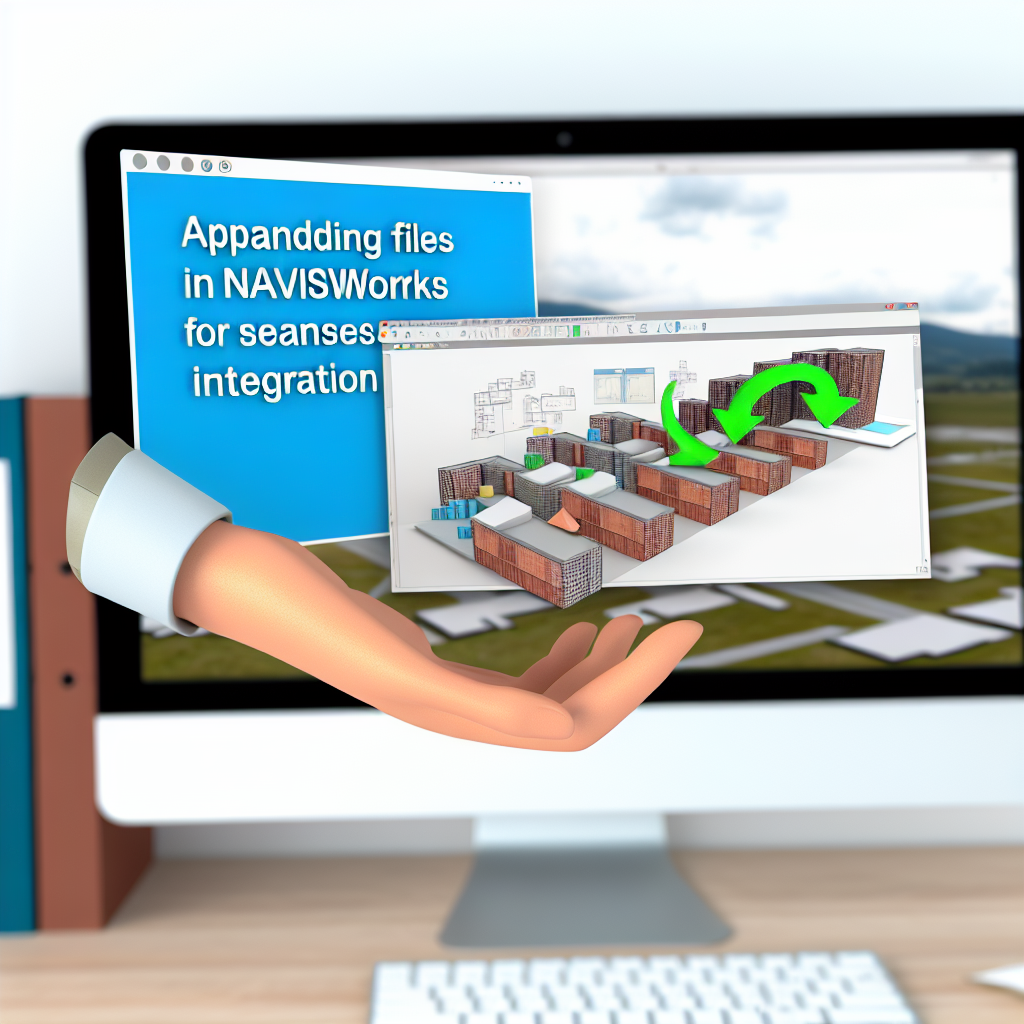Navisworks is a powerful project review and coordination software widely used in construction and engineering industries. One essential skill for maximizing its capabilities is understanding how to append files and work with different file types. This article explores the process of appending files in Navisworks and delves into the various file types supported, ensuring you can streamline your workflow effectively.
Appending Files in Navisworks: Unlocking Seamless Model Integration
Appending files in Navisworks is a fundamental process that allows users to combine multiple models into a single cohesive environment. This feature is especially valuable in large projects where various disciplines—such as structural, mechanical, and electrical—contribute different model components. To append a file, users typically navigate to the “Append” option under the “Home” tab, then select the desired file type and model. Navisworks supports a wide range of file formats, including NWD, NWF, NWS, and more, enabling flexible integration of models from various sources.
When appending files, it’s crucial to understand the order of addition and the implications on model management. Files appended later can overwrite or overlay data from existing models, so proper organization minimizes conflicts. Additionally, Navisworks provides options to control visibility, color coding, and clash detection between appended models, fostering better coordination on complex projects.
To ensure a smooth appending process, users should verify the compatibility of files beforehand and organize their project files systematically. Proper use of the append feature not only consolidates models but also streamlines collaboration, reduces errors, and enhances project review efficiency.
Supported File Types and Best Practices
Navisworks supports a variety of file types, including native CAD files, BIM formats, and specialized Navisworks formats like NWD, NWF, and NWS. Each file type has its advantages:
- NWD (Navisworks Document): A read-only file format ideal for sharing and viewing finalized models without the risk of unintended edits.
- NWF (Navisworks File Set): Contains references to source files, allowing for dynamic updates when source models are modified, making it useful for ongoing projects.
- NWS (Navisworks Scene): Used for saved views and scenes, assisting in presentations and walkthroughs.
- CAD and BIM Files (DWG, DXF, RVT, SKP, etc.): These files can be directly appended, with Navisworks converting them into compatible formats during import.
Adopting best practices, such as organizing source files systematically, maintaining consistent naming conventions, and regularly updating referenced models, enhances the effectiveness of appending operations. Also, configuring import and append settings—like units and coordinate systems—ensures models align correctly within the project environment.
In conclusion, understanding how to append files and work with various file types in Navisworks enhances your ability to coordinate complex models efficiently. Proper management of these files fosters seamless integration, minimizes conflicts, and accelerates project review processes. Mastering these techniques is essential for professionals seeking optimal utilization of Navisworks’ collaborative features and improving project outcomes.
